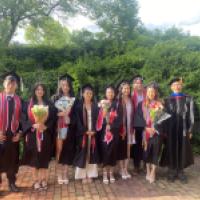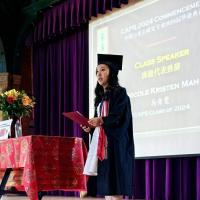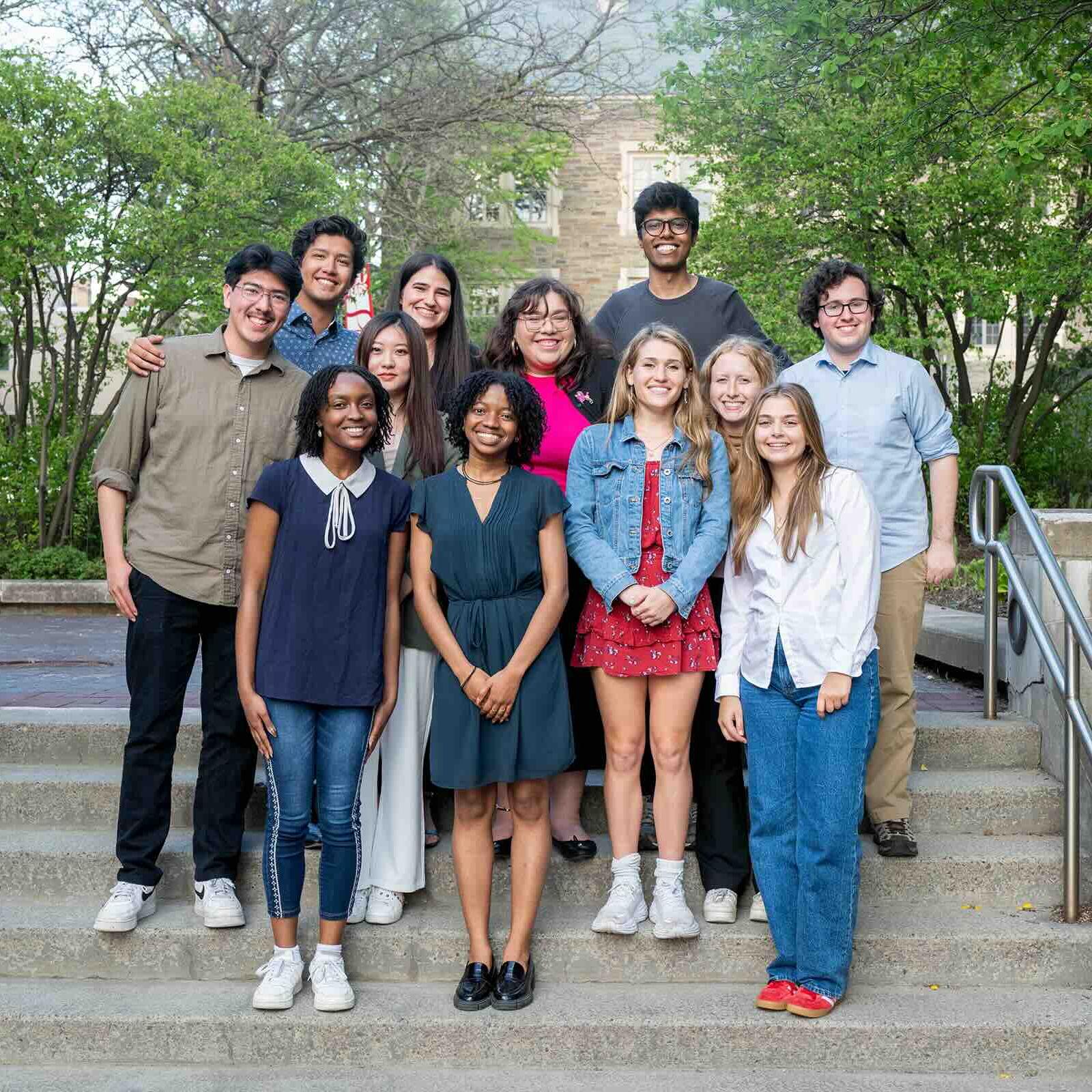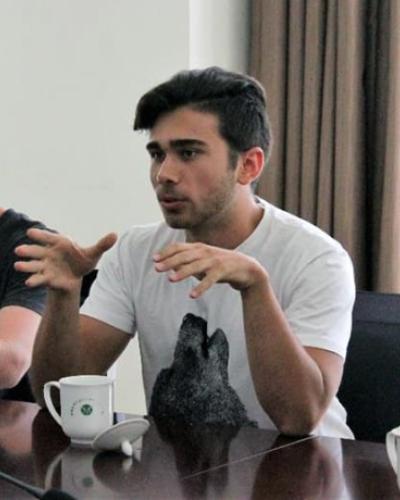Max Alaghband
Our trip to Shanxi provided insight into how central directives to develop sustainable, ecologically friendly economies are interpreted and implemented across the province. Each locale seemed to do so in its own way, capitalizing on its unique characteristics and histories to redefine its identity and fit into a seemingly established model of touristic development to supplant the increasingly regulated and unfavorable industrial sector. While certainly “cleaner” than the coal and heavy industry that used to dominate the economy, the human impact and efficacy of these reforms and large scale shifts remained questionable.
The first locale we visited was Jiajizhuang, a town that is famous for resisting marketization and maintaining the commune structure implemented in the early days of the PRC. Using its commune structure, cultural and industrial legacies, and Maoist spirit (evidenced by ubiquitous Maoist propaganda) as assets, Jiajiazhuang is integrating itself into the national market-based tourism economy as a center of ecologically friendly development and communist ideals. Although traces of tourists (and people in general) were faint, the spaces we visited were all clearly oriented towards them: a fancy, vacuous museum, showcasing how the town’s embrace of Maoism led them to success (as validated by the countless party-bestowed accolades and prizes on display), a cement factory that was being converted into an artistic tourism center, featuring Mao-era murals and slogans juxtaposed next to statues of “minion” characters from the Disney movie Despicable Me, and a clearly newly constructed, centralized “historical” district, in which the city’s cultural products were sold in buildings showcasing the traditional architecture of the region. Jiajiazhuang felt rife with contradiction and the experience felt somewhat manufactured, a trend that continued throughout my experiences in Shanxi.
Jiajiazhuang’s unique assets were fit into a tourism model that seemed commonplace throughout the region, including in Pingyao. Unlike Jiajiazhuang, however, Pingyao seemed eager to forget its recent past and focused its resources on reviving its ancient historical identity. We stayed in the inner city, demarcated by the nicely restored city wall that encircled it, separating it from the modern city that the citizens of Pingyao lived in. The inner city was inhabited solely by tourists and a few stragglers who the government was unable to “relocate” from their homes, and was characterized by an architectural style and layout that felt too new and well structured to be traditional. It was beautiful, but also had a distinctly manufactured feel to it, almost like a theme park. Even still, it inspired a sense of historic nostalgia to the passing tourist, and climbing the city wall brought up images of ancient times of war, despite the modern buildings in the background. There seemed to be a cultural revival taking place as well, which we experienced while eating dinner at a beautiful performance house. Overall, Pingyao seemed more successful at attracting tourists than Jiajiazhuang, as the streets were alive and one could see and hear people from all over the world.
The religious heritage sites we visited outside of the urban areas followed a similar model. Seemingly in order to capitalize on and enhance the “religious” experience, a Buddhist temple was constructed before the grottoes, apparently staffed by actors and not by actual monks. Though not immediately obvious as a manufactured experience, learning that it was was not overly surprising after visiting Pingyao and Jiajiazhuang. Wutaishan, on the other hand, seemed more “authentic”, but the commodification of its religious sites as tourism assets was apparent. Paying entrance fees to visit functioning monasteries filled with tourists made it clear that the area was not exempted from the regional profit generating imperative.
Our time in Datong was slightly different from that elsewhere, as we did not spend much time there, but learned about its transition through the documentary The Chinese Mayor. This documentary contextualized the products of the transition that we saw firsthand throughout Shanxi province, providing a glimpse into the process of transitioning from industry to historical tourism in the city of Datong. As in Pingyao, it was a “tough love” (or Machiavellian?) kind of transition: the forcible disruption of hundreds of thousands of people’s lives in the name of a better future for the collective and recognition from the Center. Driving through Datong, we saw that its transition was clearly unfinished, calling into question the efficacy and value of these unrelenting measures. Like any other commodity, the value of this brand of historical revival tourism seems threatened by over supply. Failure to produce could be disastrous, as it is unclear what kind of buy-in this top down approach to redefining the region’s identity has, and attempts to compensate for the human emotional cost incurred will likely depend on its ability to provide sustainable, equitably distributed economic growth.
This ubiquitous transition away from industry begs the question, what happened to the industrial sector? Informed by our visit to a coal chemical plant, it seems that the answer is consolidation, relocation, and clean up. A short trip outside of Taiyuan found us in a district full of coal-transporting vehicles and industrial buildings. Large scale reform closed down many coal-related businesses and removed the survivors from city vicinities, forcing them to relocate and reinvent themselves in line with increasingly stringent environmental standards. Fierce competition in the industrial sector allows for the strict implementation of regulations, which was apparent in the ubiquitous slogans calling for an “ecological civilization” posted around the plant and the numerous high-tech systems that monitored and cleaned the plant’s output.
From the clear commodification of religion, culture, and communism to the restructuring of traditional commodity production, our trip to Shanxi provided countless insights into the broad, centrally initiated transitions that China is undergoing and how they are interpreted and implemented in various localities. In Shanxi, the call for sustainable, ecologically friendly development manifested most strongly in the ubiquitous trend of reviving and commodifying historical legacies as touristic assets in a way that often felt manufactured or forced: a top-down, often forcible redefining of regional identity with questionable efficacy and impact on the locals. While the future of these efforts remains unclear, especially as they become increasingly common, time will tell if their economic, ecological, and cultural impacts will ultimately be positive or if they will just be a failed experiment with extraordinarily high costs.







